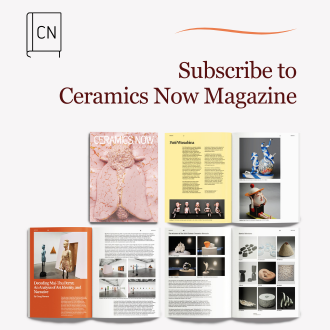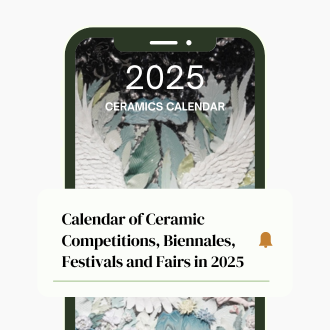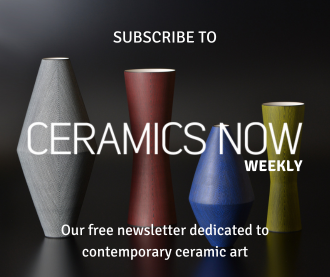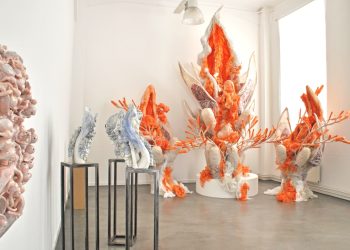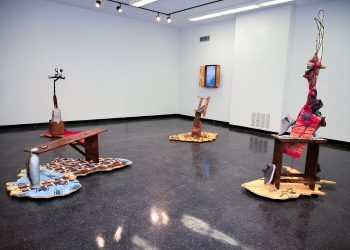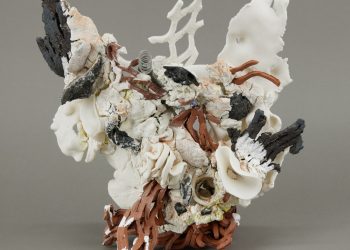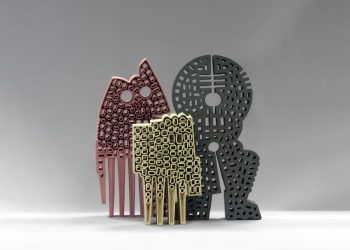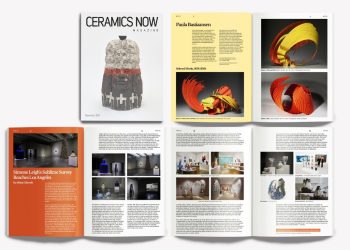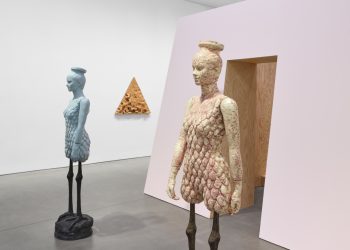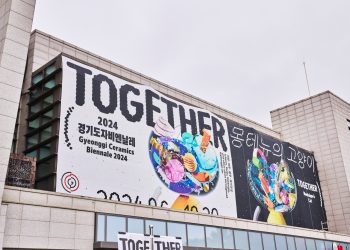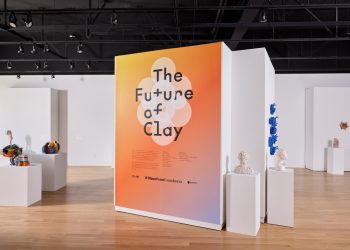Alex Zablocki is an American ceramic artist whose work takes apart the ceramic vessel and re-animates its constituent parts, incorporating vestiges of utilitarian ceramics which slip along saturations of colored glaze. In 2008, Alex received his Bachelor in Fine Arts from Finlandia University and has since then pursued two post-baccalaureate programs at the University of Nebraska-Lincoln and Colorado State University and a residency at the Anderson Ranch Art Center in Aspen Colorado. In 2017 he received his Master of Fine Arts from The New York State College of Ceramics at Alfred University.
Alex currently works as the Lecturer of Ceramics and Sculpture at Alma College. His work has been shown both nationally and internationally at a wide range of establishments including; Culture Object in New York City, Mindy Solomon Gallery in Miami FL, The Archie Bray Foundation in Helena Montana, Galerie Italienne Paris France, The CC Gallery in Taiwan, ALCOVA Design Week in Milan Italy, Paris Art and Design (PAD) in Paris France, London and Brussels, and Foundation Villa Datris in Vaucluse France. Zablocki is currently represented professionally by Culture Object in New York City and Daguet-Bresson in Paris, France. His work can also be found within the collections of The Museum of Art and Design in New York City NY, The Galleria Luisa Delle Piane in Milan Italy, and the M.F.A. Collection of Alfred’s Ceramic Arts Museum ACAM in Alfred, NY, along with other private collections.
Visit Alex Zablocki’s website and Instagram page.
Featured work
Glaze Stack Series, 2019-2023
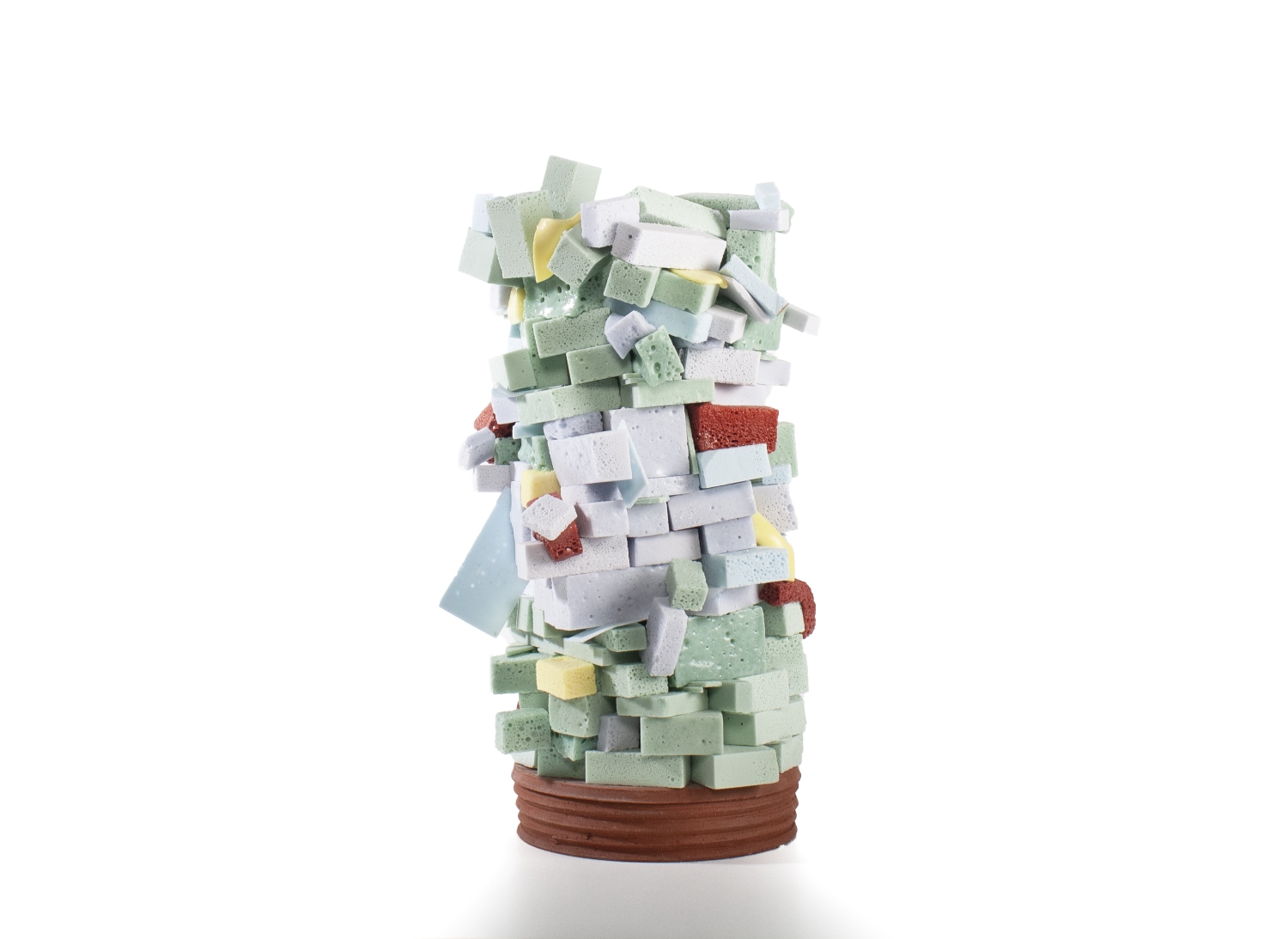
Wall Platter Series, 2023
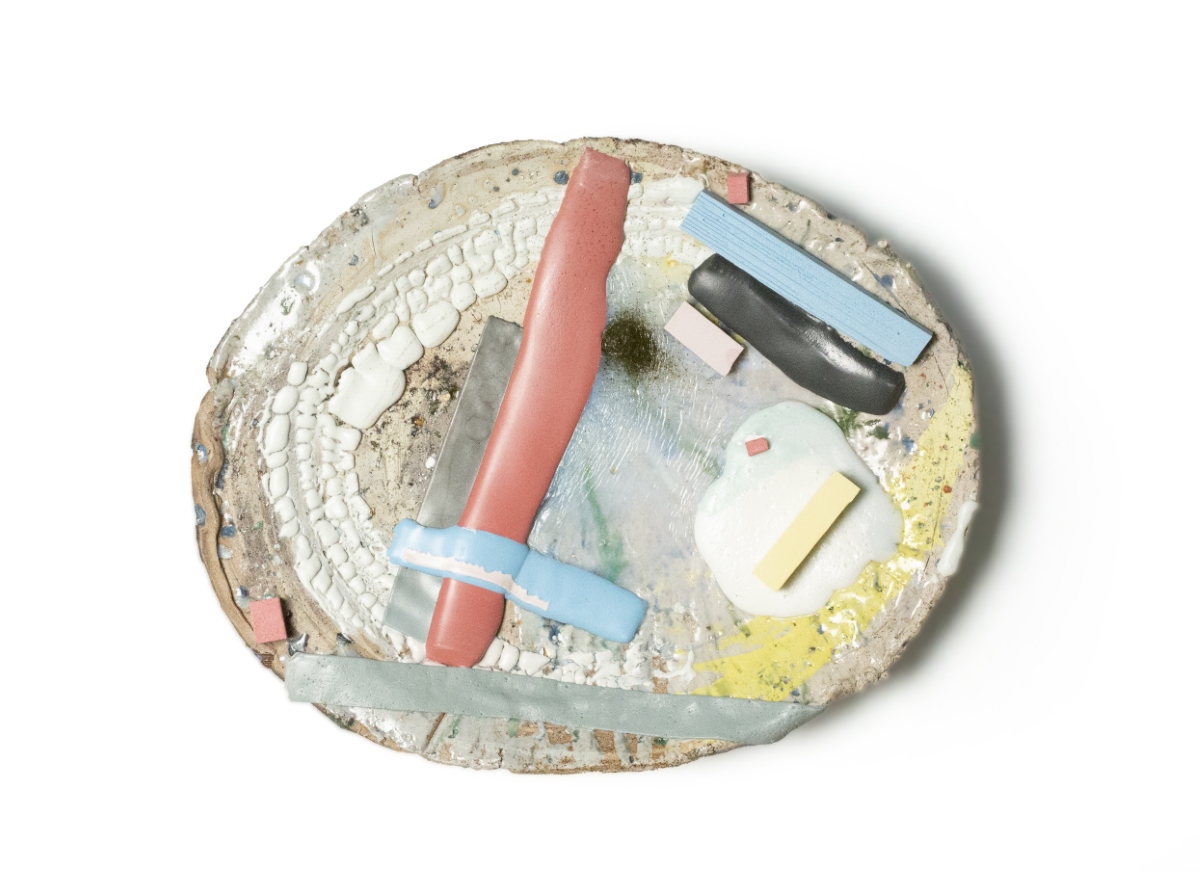
Orb Series, 2021-2023
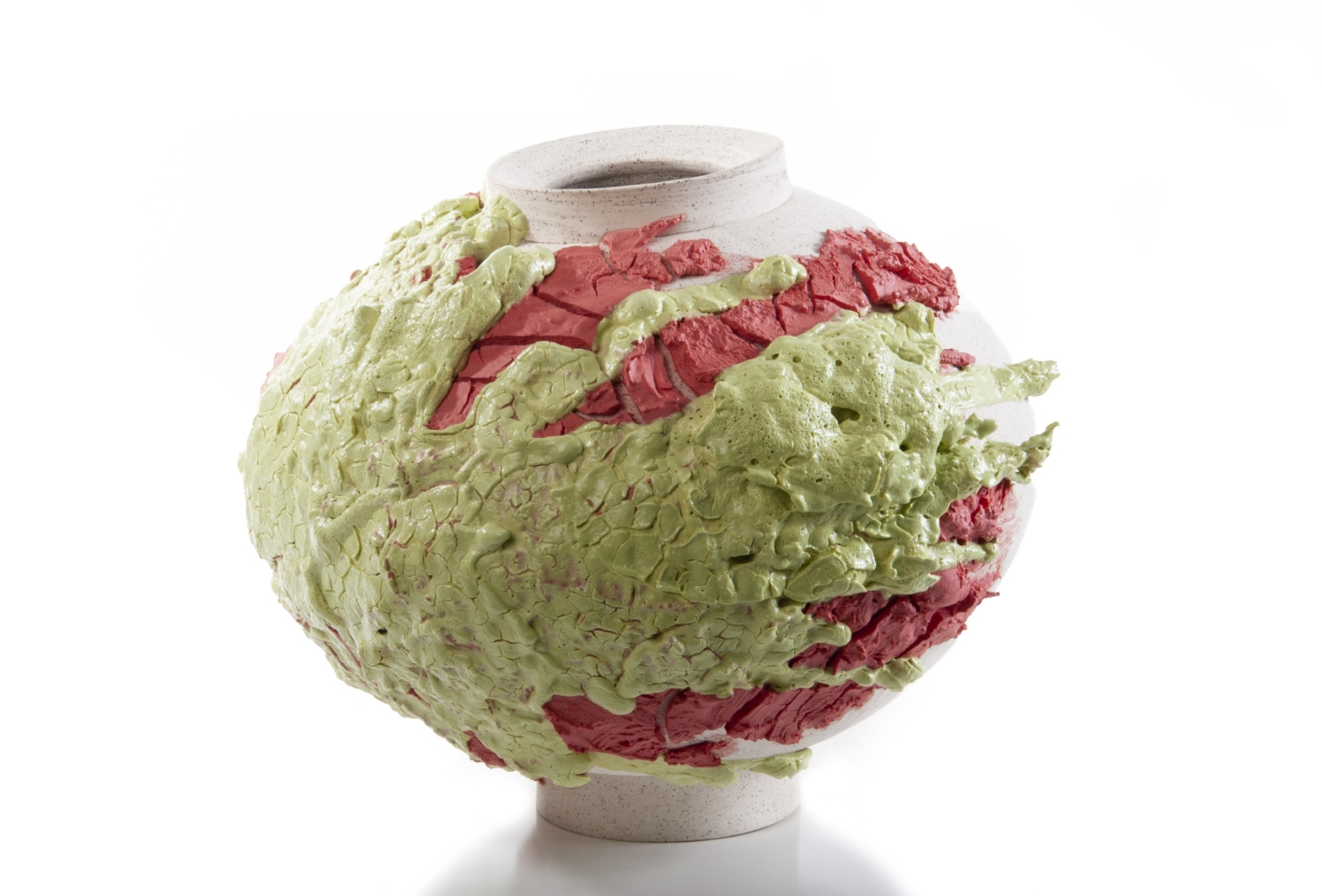
The truth will often make you laugh. Humor can lighten. Sometimes laughter is the best medicine.
My work takes apart the ceramic vessel and re-animates its constituent parts. Vestiges of utilitarian ceramics are free to perform as comic objects frozen in acrobatic recombination. The proper anatomy of the vessel is let loose and the assembled parts slip along viscous saturations of colored glaze.
My interest in the transmutation of materials propels my adventure with alchemy. I am drawn to the theatrical. Drama invites exciting, emotional, and unexpected circumstances. This work references excessive behavior.
I integrate the pedestal as a stage. My objects sit and perform. Display animates this theater. Elevated tension, delicate balance, and hyperbole are the tools I use to activate the work. These objects entertain and charm as they dance with light and shadow. They flirt with gravity in curious ways.
Precariously stacked forms display gyroscopic tendencies and reveal a heightened awareness and a sense of wonder. Lush, generous surfaces seductively stimulate the senses. Handles bounce and coil like Slinky’s and thin-walled cylinders deform into pyroclastic flows that emulate a fold in my stomach.
My work curiously finds comfort nestled into ceramics rich history of material impression. I incorporate ceramic materials’ uncanny ability to mimic the familiar. Thick slices of juicy orange glaze operate as household sponges. Hearty drips fall like melted Velveeta cheese. Luminous greens resemble Laffy Taffy.
Within my work, once can draw parallels between historical as well as contemporary pottery forms; painting from the De Stijl, Surrealist, and Abstract Expressionist movements; the eclecticism of the Italian-based, design group Memphis; and the shock and awe surfaces, intimacy of scale and structures of works by Ken Price and Ron Nagle.
The relationship between glaze and clay has evolved and transformed in many ways throughout the history of ceramics. The melting of glaze and the virtuousness of clay, for me, have become a symbol of heat and melt. Within my work, the glaze chunk further investigates my interest in exploring the potential of the transmutation of ceramic materials through time and temperature. Naked clay forms adorned with solid chunks of faceted glaze, curiously reference the amount of material necessary to cover an entire vessel surface and promote a reinterpretation of a traditional glazed surface. Glaze layers, surfaces or skins have been upended, squished, cut, or compacted and the fate of these decisions become manifest within a chunk or a wonderfully tactile glob or drip. As my research progress, I intend to further investigate this phenomenon.
I search for the extension of an experience. Through a duration of engagement, I seduce the viewer or myself into thinking we have discovered something new. I poke and prod the vessel, often doing things I am not comfortable with. Through the distortion of the familiar, I challenge and question modes of making along with the intractability of the vessel. The adaptation and reconfiguration of the vessel in my current practice happens through the “ringing out” of materials and processes, vessel form, history, and convention to extract something fresh.


